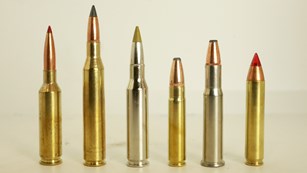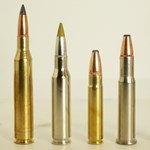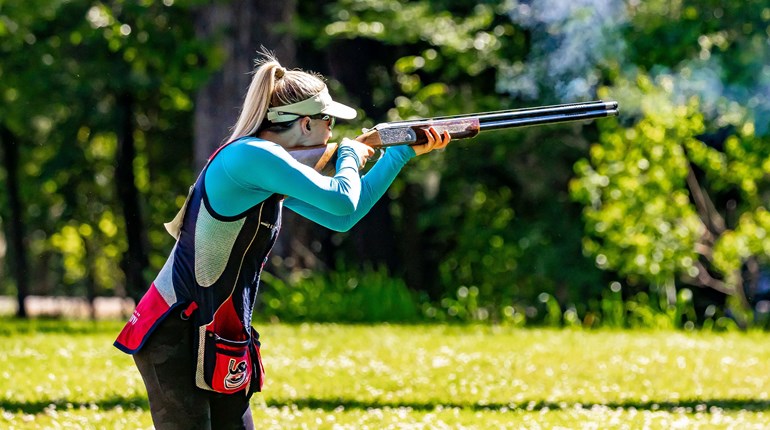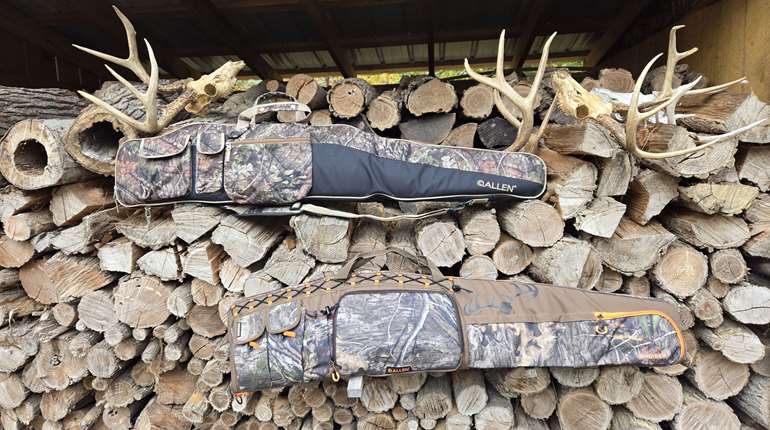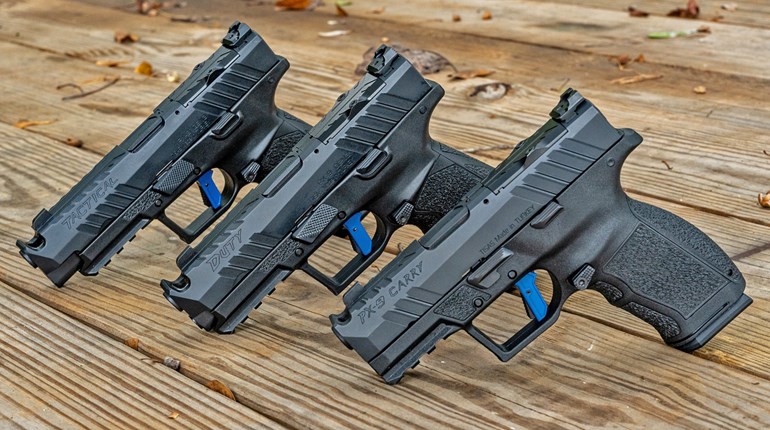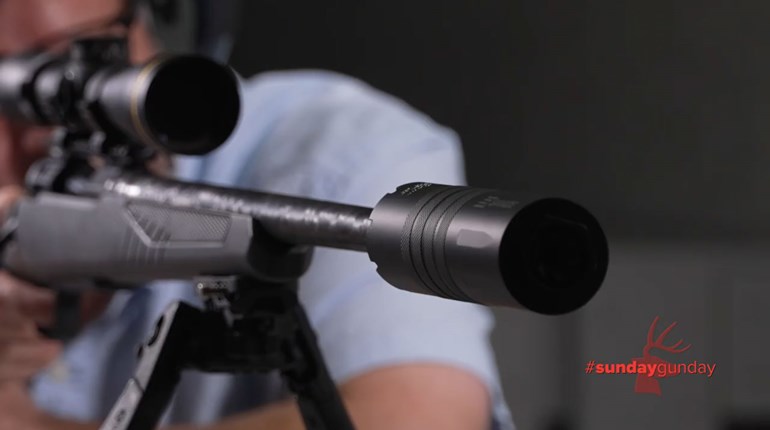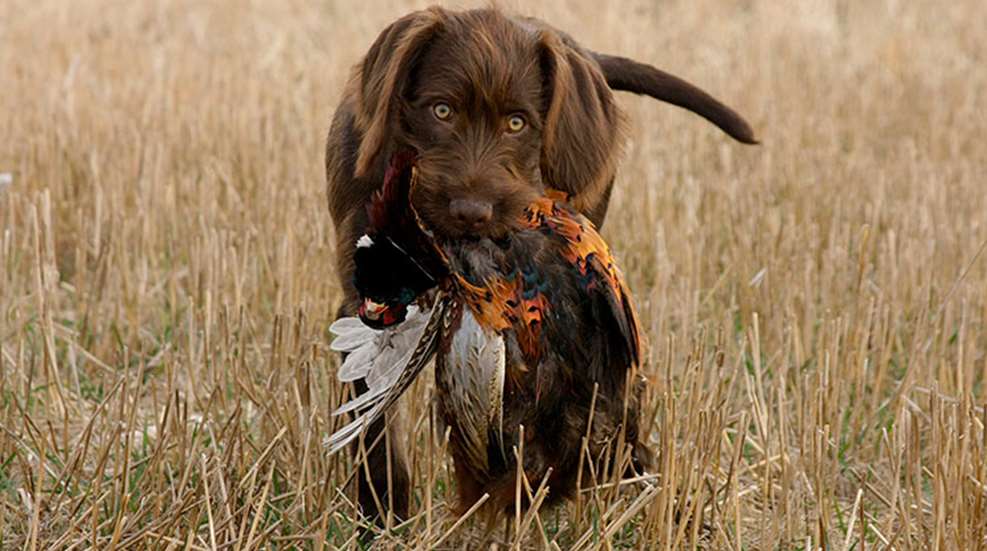
Opening day of hunting season! How we love it. How we anticipate it. How we should fear it …
Exciting though it may be, opening day includes three major threats: too much potential, too much anticipation and too many expectations—for you and your dog. The difference is you know it’s opening day. Dog doesn’t. So don’t transfer too much of your excitement or stress to your partner, or you could both fall apart.
You’ve heard the horror stories, right? Pointer runs over hill never to be seen again. Springer jumps one pheasant and then goes on to clear an 80-acre field. Lab swims out for a retrieve and takes the goose to another party’s blind. Beagle chases bunny onto road and gets flattened by a farm tractor. Golden retriever discovers farmstead chickens, kills six, and brings one to you. Without a return address.
Whether quail, pheasants, grouse, teal or geese, opening day birds tend to overwhelm us. It’s been a long off-season with an interminable wait, and we know this day could, should, might be the best of the year. Annual bird numbers will be at their peak, young birds will be clueless about dogs and decoys, and if we can hit anything, we should collect the most tender, delectable birds of the year.
But there’s also anxiety, worry and stress. What if strangers appear in “our” favorite coverts? What if too many crops are still standing? What if our wetland has dried to cracked mud? What if the grassland burned and the farm sold to new owners? Worry, hurry, race and run. Chase those birds and get ’er done!
This is a recipe for doggy disasters.
The four-legged star of your team can pick up on your stress and fall apart. Just like you. Especially if he’s young. But even veterans can go off the rails if the general atmosphere is frenetic. If you don’t calm down, slow down and show restraint, how do you expect Dog to?
Three “P’s” are the keys to a great opening weekend: planning, preparation and patience. Don’t go out half-cocked and frantic and expect Dog to save the day. You are the general. You’re in charge. The buck stops with you. So do it right.
Planning
You should know months ahead of time when the season opens. Your next step is deciding where you’ll go. Find out where this year’s habitat favors the kind of bird numbers you want. Old haunts are usually a good start, but what are conditions there? You might be better off hunting public areas in another part of the state. Check with the state game department. Which parts of the state had ample rains and good cover? What were the summer brood counts like? Any major fires, floods or hail? Narrow your search. Check maps and land atlases for public hunting grounds. Visit these as close to the season as you can. If possible, hike them, taking Dog with you. You’ll both hunt more efficiently on terrain you’ve walked before. Select at least three hunting grounds so you have last-minute options. Fires can destroy the best habitat in a matter of hours.
If hunting private property, lock down permission early. If you can’t get it, shop elsewhere. Always have a few public hunting options in your back pocket. Landowners sell suddenly, get sick, die or simply change their minds about access. Bird habitat has an unfortunate way of turning into housing developments, too.
Investigate out-of-state potential. Often it makes more sense to drive 1,000 miles to a state with high bird numbers than waste days trying to find a handful near home. South Dakota isn’t the Pheasant Capital for no good reason.
Preparation
Keep working Dog with basic obedience and advanced tactics. Get him into real birds if at all possible, even if just pigeons. And make it more than one or two at a time. Opening day abundance messes with the best, most careful dog training. There’s a big difference between one carefully placed and launched pigeon and two dozen free-range pheasants running rings around a field. Get Dog used to a confusion of scents and cacophony of erupting birds. Control him on a leash in a city park where tourists feed swarms of pigeons or ducks, and just let him watch. Calm him. Get him over the excitement and used to the abundance.
Take him to new, strange places and introduce him to strange dogs, too. Insist he behave himself. There’s a good chance he’ll be bumping into other canines afield. You don’t need him fighting every one of them.
Get Dog used to sleeping in a travel kennel, in the house, outside, in friends’ houses and garages, and the backs of trucks. The more relaxed and comfortable Dog is in new and odd circumstances, the better he’ll handle travel.
Organize and pack gear. Kennel, food and water bowls, e-collar and charger, whistle and spare, lead, leash, boots, chest protectors, neoprene vests, brushes, first-aid kit. Don’t be that guy scrambling through the basement and garage at midnight for supplies that should have been organized for days.
Patience (Your Last-Minute Salvation)
If it’s too late for you and Dog to plan and prepare, at least maximize patience and caution to salvage opening day. Don’t hunt with a big party. Go off by yourself. Avoid high-density bird areas if possible. Try to get Dog into one or two birds at a time. Avoid shooting doubles (do as I say, not as I do on this one). You need to remain in complete control while overseeing Dog to each steady point, each solid retrieve. Once he’s doing that, you can stretch out with doubles. Be especially careful shooting waterfowl over moving water. One mallard drifting in the current is challenge enough. You don’t need a triple out there with one still swimming and diving.
Calm Dog after every bird encounter, whether a point and flush, or a retrieve, or just a pass shot that missed. Don’t let his excitement or frustration build and build. Put a finish on each encounter before moving to the next. Don’t let him run in circles and dash off to his next melt-down. Even though you saw right where that covey landed, be patient. Bring Dog under complete control before allowing him to resume the hunt. Come. Heel. Sit. Stay. Heel.
Basic, frequent commands and obedience to them help keep Dog grounded and in control. That helps him become or remain a calm, focused, productive hunter on opening day and every day.






